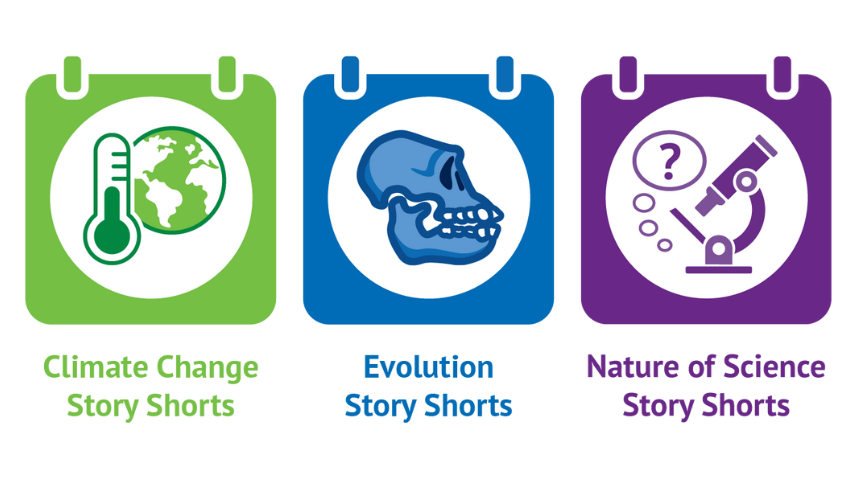What are Story Shorts? What are Side Quests?
Story Shorts
Storylines have emerged as the gold standard for NGSS-aligned instruction because they engage students in the three dimensions of science in order to explain a phenomenon or solve a problem. However, facilitating students’ sensemaking about a complex phenomenon while simultaneously achieving multiple NGSS performance expectations often requires a long and complicated storyline. The National Center for Science Education has taken a slightly different approach to storylines, which we call Story Shorts. Story Shorts are not only shorter instructional units but also sensemaking maps for resolving specific misconceptions. Instead of a storyline that attempts to achieve many different NGSS performance expectations and takes many weeks or even months to complete, Story Shorts engage students in the three dimensions to resolve one or more common misconceptions within one to two weeks of instructional time. Throughout a Story Short, students practice the skills and build the knowledge necessary to address at least one NGSS performance expectation. NCSE offers many Story Shorts; they are not meant to comprise an entire curriculum or course. NCSE Story Shorts can enhance any science curriculum and are especially useful when encountering a particular misconception.
> NCSE's Climate Change Story Shorts
> NCSE's Evolution Story Shorts
Side Quests
A key feature of NCSE Story Shorts are Side Quests. Side Quests are optional activities that enhance the storyline, but their inclusion is based on the teacher’s discretion. The main activities of the Story Short are the essential building blocks for resolving the misconception and achieving a particular NGSS-aligned learning goal. Side Quests offer additional opportunities for going deeper into a topic, filling in missing background information, meeting the needs of specific students, or for place-based adaptations. Side Quests are not merely optional extension activities to do if you have extra time, but rather ways that the storyline can be adapted to the needs of particular groups of students. Teachers should decide which Side Quests to include based on the ideas and questions that students share on the Driving Question Board. Teachers should also leverage their broader knowledge of their students’ interests, needs, and cultural ways of knowing. We believe that this flexible approach best serves the needs of both teachers and students.
Download this article as a PDF.

